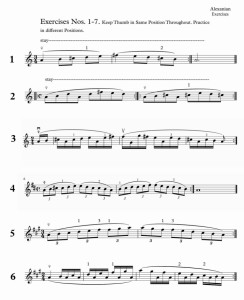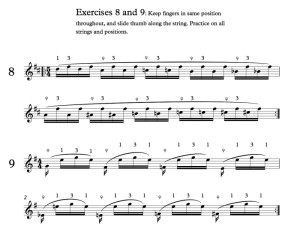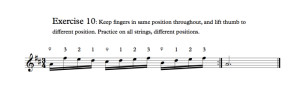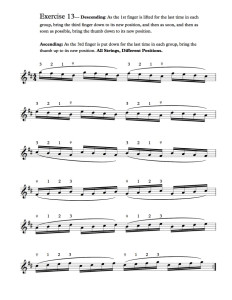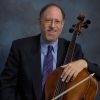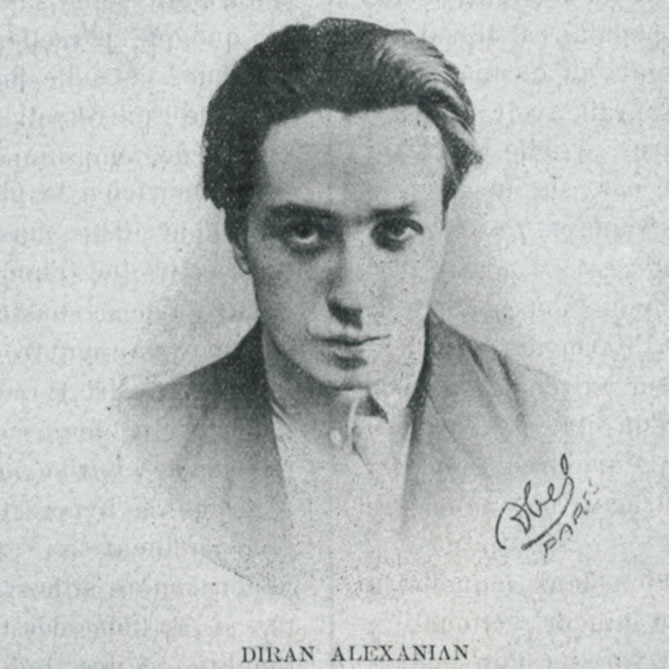
100 Cello Warm-Ups and Exercises Blog 21: Alexanian Exercises
Robert Jesselson
Today’s Blog is devoted to some thumb position exercises by Diran Alexanian that my teacher in Freiburg, Spanish cellist Marcal Cervera, gave to me in 1972. These exercises are not in included in Alexanian’s seminal book on cello technique, Traite Theorique et Pratique du Violoncelle (Theoretical and practical treatise of the violoncello).Alexanian’s book includes several pages of other thumb position exercises (pages 125 ff.) which are well worth practicing, but I believe that these 13 exercises have never actually been published. I do not know how Cervera got these exercises, but I copied them from his notebook, and studied them with him. I find them to be very useful.
Alexanian was born in Armenia in 1881. He became Casals’ assistant at the École Normale de Musique in Paris. His treatise was endorsed by Casals (on the cover it says “compiled in complete accord with Pablo Casals”), and in the preface Casals writes:
“When Alexanian submitted to me a well elaborated plan for the analysis of the theory of violoncello playing, based on principals that I myself accept, I recognized that I had before me a serious effort towards the casting off of the shackles of the superannuated prejudices with which the above mentioned works were replete…I would therefore recommend to all those who play or who wish to play the violoncello to imbue themselves thoroughly with the contents of this treatise”.
Alexanian’s students included Bernard Greenhouse, David Soyer, George Ricci, Raya Garbousova, David Wells, and Mischa Schneider in the US, and Gabriel Cusson, Maurice Eisenberg, Antonio Janigro, Gregor Piatigorsky, Hidayat Inayat Khan, Pierre Fournier, and Emmanuel Feuermann in Paris.
For more information about Alexanian, you can go to these websites:
http://diranalexanian.blogspot.com/
https://en.wikipedia.org/wiki/Diran_Alexanian
http://cello.org/cnc/diran.htm
These following 13 exercises all deal with opening up the hand in thumb position, and as such, they would be useful only after the basic thumb position formation (discussed in Blogs #19 and #20) is secure.
Subjects: Practicing, Technique
